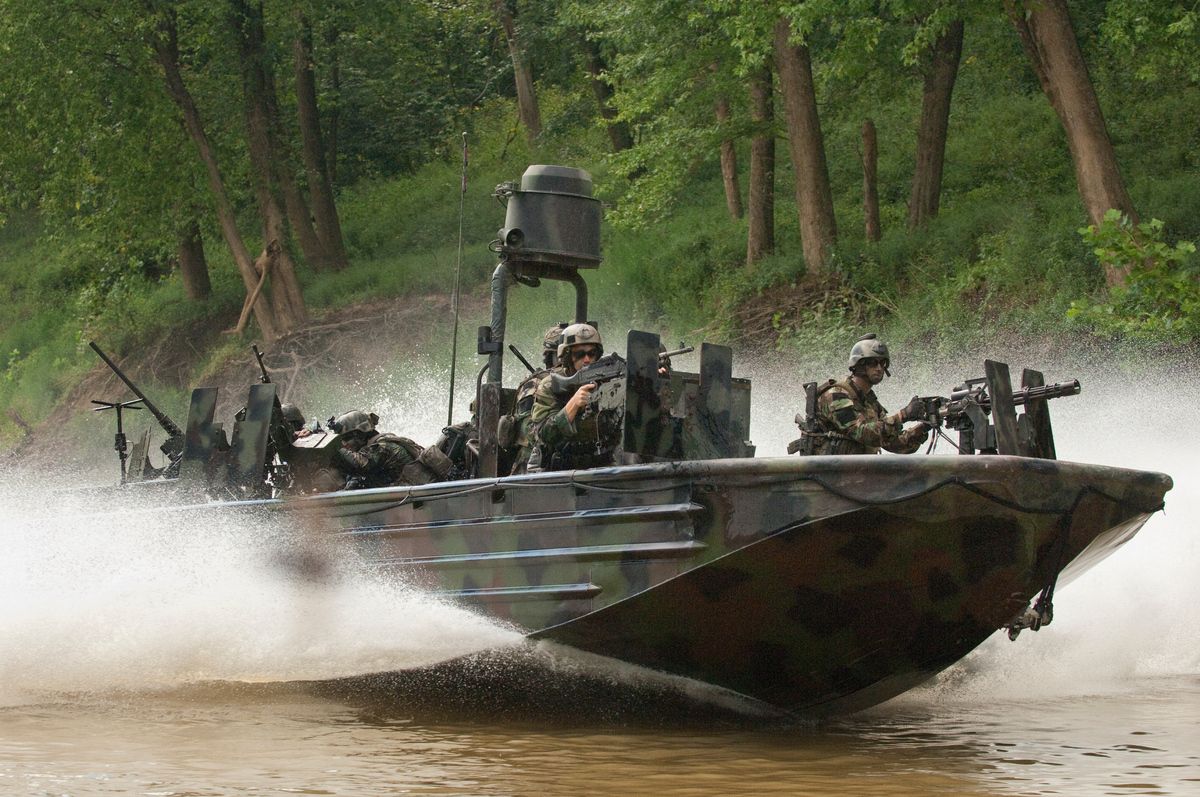The Five Levels of Teams: Where Are You on the Team Performance Curve?

In the previous post Is Your Team REALLY a Team? Why Instant Pudding Doesn’t Cut It we looked at the six basic elements of what constitutes a team, and specifically the two key ingredients of teamwork: a common purpose and interdependency of effort.
Now we’ll move into understanding the five levels of teams. Using the questions posed in the first post will help a group determine if it’s a team or has the potential to become one. The next step is to understand the degree of teamwork to which a group of people can aspire.
The five levels of teamwork can be plotted on an X-Y axis to form what Jon Katzenbach and Douglas Smith call the team performance curve. It’s essentially a J-shaped curve, starting on the Y (vertical) axis, then sloping down to touch the X (horizontal) axis, and then bending back upwards to the right. The five levels of teams are located along the curve (diagram below).
1) The Working Group
The members interact mainly to share information and best practices and to make decisions. There are no common purpose or performance goals that require mutual accountability. The purpose of this group is only to specify the roles of its members and to delegate tasks.
Its members only take responsibility for their own results. Therefore, the focus is on individual performance. The key here is there is no significant, incremental performance need or opportunity that requires the group to become a team. Working groups are found throughout organizations, whether in business or government.
2) Pseudo Team
There’s a potential for significant, incremental gain here. The team has not, however, focused on collective performance. The members don’t want to take the risks necessary to become a potential team. They are not interested in creating a common purpose or setting performance goals.
The pseudo team resides at the bottom of the performance curve and is the weakest of the five levels. What is especially dangerous about the pseudo team is that the members believe that they are a real team, yet they produce inferior results.
3) The Potential Team
There is a significant, incremental gain in performance with this type of team. The members are working hard to achieve a higher level of performance. However, the members must work on developing a clear purpose, goals, and common approach. The members must also agree on mutual accountability. This form of teamwork is very common in organizations. This is also where the greatest gain in performance comes, from being a potential team to a real team.
4) The Real Team
This consists of a small group of people who share a common purpose, goals, and approach to work. The members have complementary skills. They hold themselves mutually accountable for their results. The performance impact and results of the real team are much greater than the potential team and working group.
5) The High Performance Team
This has all the characteristics of a real team, but the members are deeply committed to one another’s personal growth and development. They far out-perform all other teams. An excellent example are special ops teams, such was the one shown in the above photo.
The members of a high performance team form powerful relationships. Moving from a real team to a high performance team requires a very strong personal commitment. In effect, what’s needed is a leap of faith.
So where does your team sit on the team performance curve?
Navy SEALS say when you’re under pressure you don’t rise to the occasion, you sink to the level of your training. Train well. —Jon Gordon (Leadership author and speaker)
#teams #performance #leadership
Articles from Jim Taggart
View blog
The leadership field—and its cousin management—has an over abundance of information, from books, per ...

My recent posts explored what it means to be a team, the five levels of teamwork, how to build perfo ...

When we look back to the 20th Century and reflect on great leaders, whether leading nations, organiz ...
Related professionals
You may be interested in these jobs
-
Pathologist - Horticulture / Phytopathologiste
Found in: Talent CA C2 - 4 days ago
Government of Ontario Guelph, Canada REMOTEPathologist - Horticulture / Phytopathologiste, cultures horticoles · Do you have knowledge of and experience with new, emerging, or existing practices, products, and technology related to plant pathology within the horticulture sector? Do you want to play a key role in supportin ...
-
Babysitter wanted for childcare in Edmonton
Found in: Sitly CA C2 - 1 day ago
Sitly Edmonton, CanadaWe have a family of 4 kids. The oldest girl is quite chill. She likes to draw and play roblox and is pretty self sufficient. Our second girl is silly and loves to play games. She is quite self sufficient as well. Our boy is energetic and silly but gets lots of help from his older ...
-

Technicien maintenance électrique
Found in: Adzuna CA C2 - 1 day ago
BRH Fermont, Canada Full timeBRH est fier partenaire dans le recrutement des talents pour Minerai de Fer Québec. · MFQ, filiale de Champion Iron, a pour mandat de développer et d'exploiter le minerai du Lac Bloom à Fermont dans une perspective de qualité, d'efficience, de durabilité et de souci de l'environn ...


Comments
Jim Taggart
2 years ago #2
Thanks for sharing your insights, Alan. Glad to see the Center is still working.
Alan Culler
2 years ago #1
Hi Jim
Great stuff! Glad to see you showcasing the work of Jon Katzenbach, forty years at McKInsey, then 9 at Katzenbach Partners where I worked with him. Katz is 90 something now, and mostly retired, but the Katzenbach Center at PwC is still operational.
The onlly differences I see are the additrion in Katz's work on “real teams” (all same language except Katz also has the single leader work group) is he talks about small numbers with complementary skills, collective work product, common approach and a leadership structure that rotates with the skills needed for the task.
You seem to credit “Wisdom of Teams” and perhaps "The Discipline of Teams," which he wrote with Doug Smith, The work on Virtual teams is particularly prescient, but you might be interested in some of his other books.
Thanks for the memories.